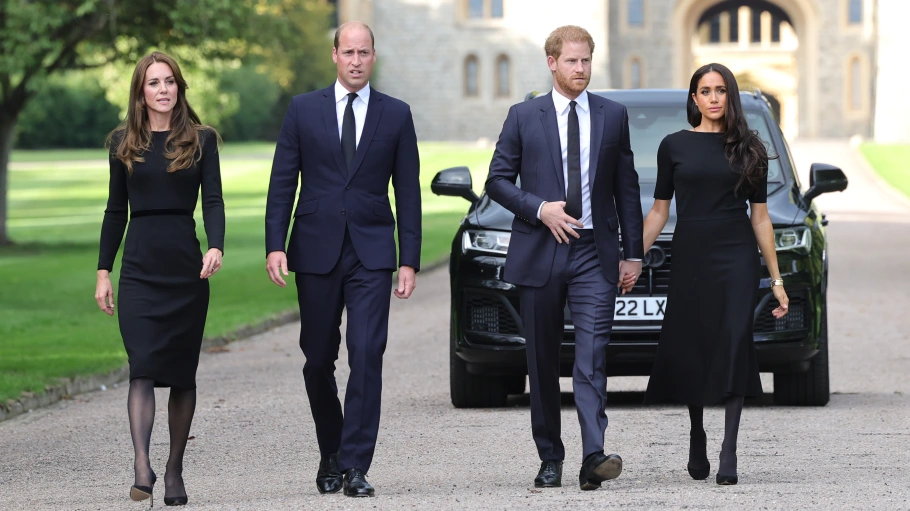When global popstar Rihanna posts a Tik-Tok video featuring a 9-carat pearl-shaped diamond toe ring (estimated to be worth around $1 million) and captions it “quiet luxury,” it’s hard to dismiss it. After trends like NFT jewellery and custom apparel, the fashion world just can’t shut up about the ‘quiet luxury’ or ‘billionaire chic’. One of the most talked about trends at present, it targets the nouveau riche and loud influencer-driven marketing sprinkled with logos, tags, and garish brand mentions. To put simply, quiet luxury is all about flaunting one’s fortune through a discreet, almost minimalist wardrobe that only a handful of insiders will recognize. For people with old money, logo-free items with high-quality aesthetics and craftsmanship matter more, and the members of this insider’s club can get a whiff of luxury just by the look of it. From Bottega Veneta, Cornelliani, Loro Piana, Berluti, Comme des Garçons, Hermes, Ermenegildo Zegna, and The Row, the quiet luxury market is so exclusive that only a handful even know about it.
Tech billionaires like Jeff Bezos and Mark Zuckerberg, who are often seen in solid grey t-shirts, get these tees custom-made by Italian luxury brand Brunello Cucinelli. Unlike any ordinary grey tee, each Brunello piece costs $300-$400 (₹25,000-₹32,000 approx). In India, actor Saif Ali Khan is often seen sporting shoes from Berluti and John Lobb; a pair of Berluti Alessandro Oxford costs anywhere upwards of ₹1,50,000 and is made of single piece fine Italian without any visible seam and stitch, an important aspect in sophisticated detailing.
While Ranbir Kapoor is often wearing Prada’s America Cup sneakers, Nike Air Jordans, and Rick Owen shoes that cost anywhere between a lakh to 5 lakhs in Indian rupees depending on the shoe model. While cricketer Virat Kohli was seen attending the Dior show in Mumbai in white Zenga sneakers priced at ₹95,000. For the wealthy, the philosophy is simple – buy rich and look low-key to make an unforgettable impression without looking like a walking billboard for brands. The quiet luxury brands take “exclusivity” very seriously, and they often retail from select upmarket outlets with a handful of pieces on display. They prefer to take orders by appointment and create bespoke goods instead of retailing online and taking mass orders, thereby, keeping their prices under wraps for window shoppers and casual browsers. From subtle logos and fine brand mentions cleverly stitched somewhere under the hemline, the HNI clients do not mind paying a hefty price to get desired goods of top quality.
The idea of ‘quiet luxury’ signifies a brand’s inaccessibility, heritage, creativity, subtle nature, and high-quality product. Sharing what takes precedence in the mind of the buyer who looks for such items, a renowned designer shares, “Quiet luxury is a lifestyle. It is not the branding that speaks but the enormous lack of it. Brands like Hermès and Dior are the best examples of quiet luxury; however, a few Dior products in India do tend to have in-your-face logos. The exclusive world of luxury can make many people insecure, but for those who understand the art and aesthetics of simplicity and subtlety it is a way of life.”
Stealth wealth:
The rise of quiet luxury items in 2024 can be seen as a reaction to the loud and often ostentatious influencer-driven trends that dominated the fashion industry in the past few years like flashy colours, logo based designs and bold brand names all over the garment. Logo-free luxury items have become increasingly popular among wealthy consumers because they offer a sense of exclusivity and understated elegance without being overtly branded. These items are often made from high-quality materials, with impeccable craftsmanship and attention to detail, making them highly sought after by discerning consumers who value quality over branding.

The silent aesthetic:
The stealth wealth lifestyle describes a wealthy person’s way of dressing with understated elegance, minimalist design, and discreet branding. And, whoever has access to such high quality products can easily identify the real from a fake just by looking at the quality of the fabric, sharp cuts, and fine details at collars, cuffs, and hems that are hard to replicate. The trend that is here to stay, prioritising substance over show. With consumers now more mindful of sustainability, there is a shift towards logo-free luxury items focusing on quality and craftsmanship, rather than flashy branding and status symbols.

